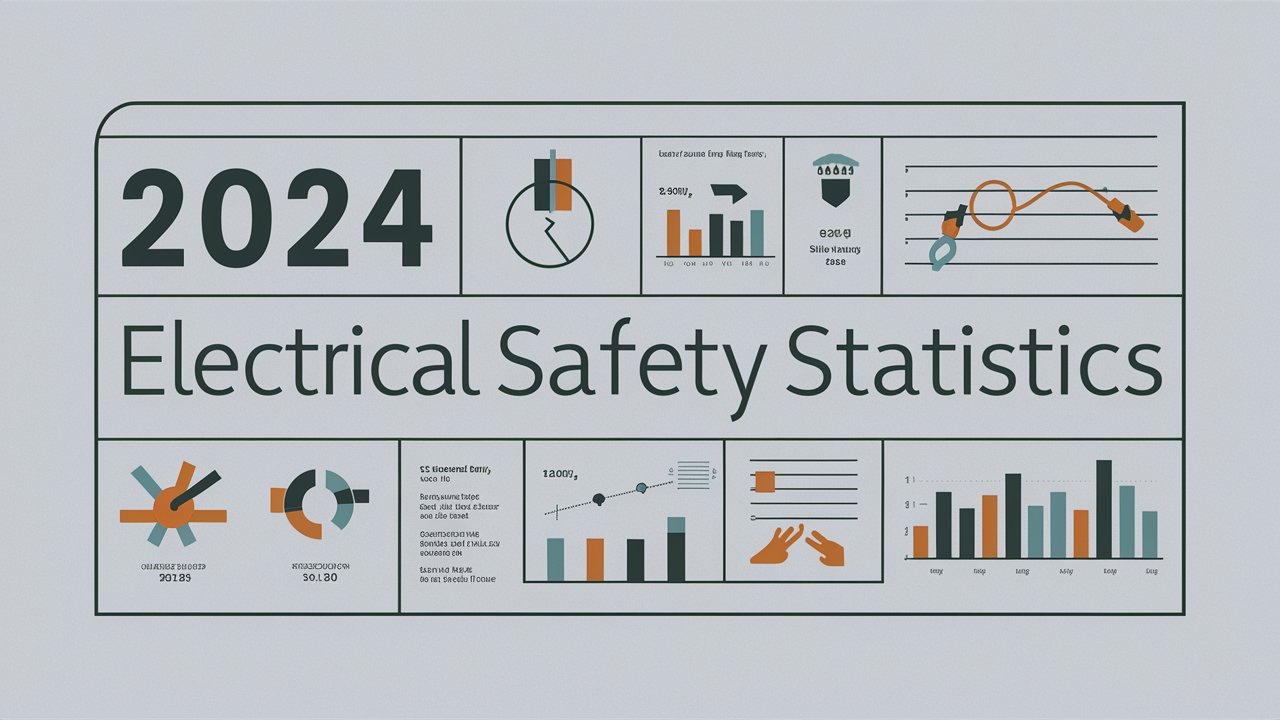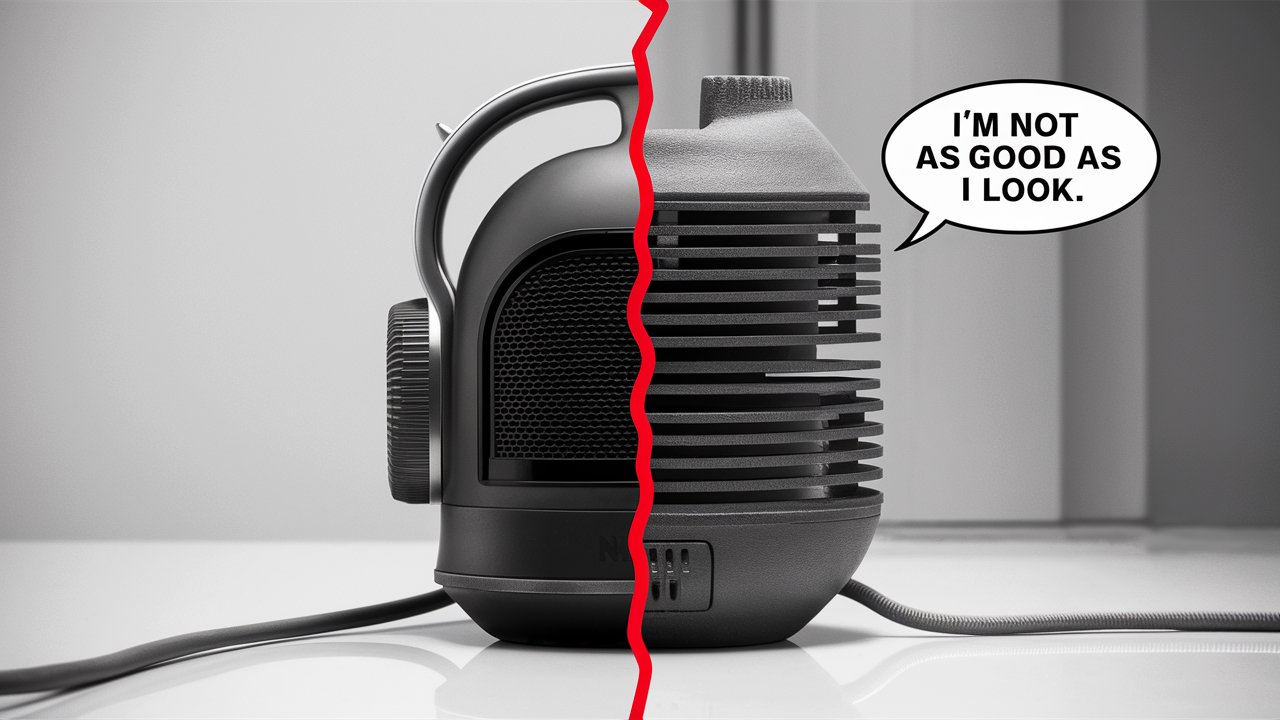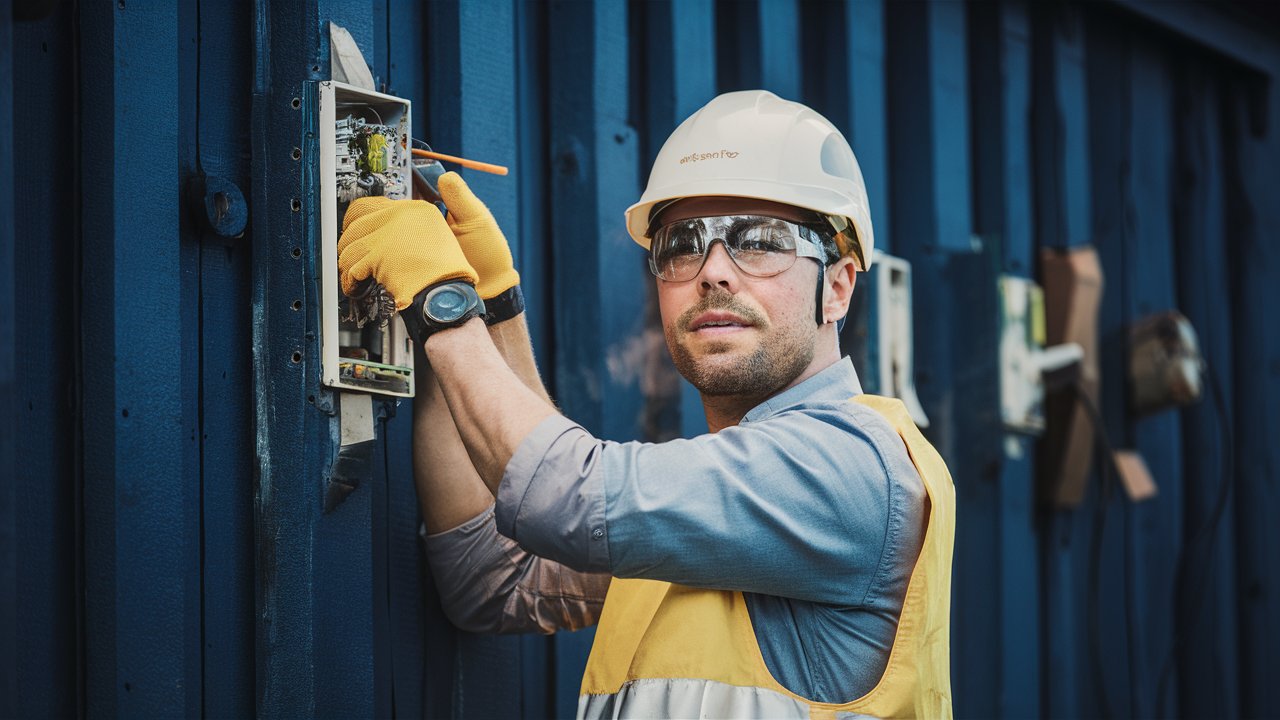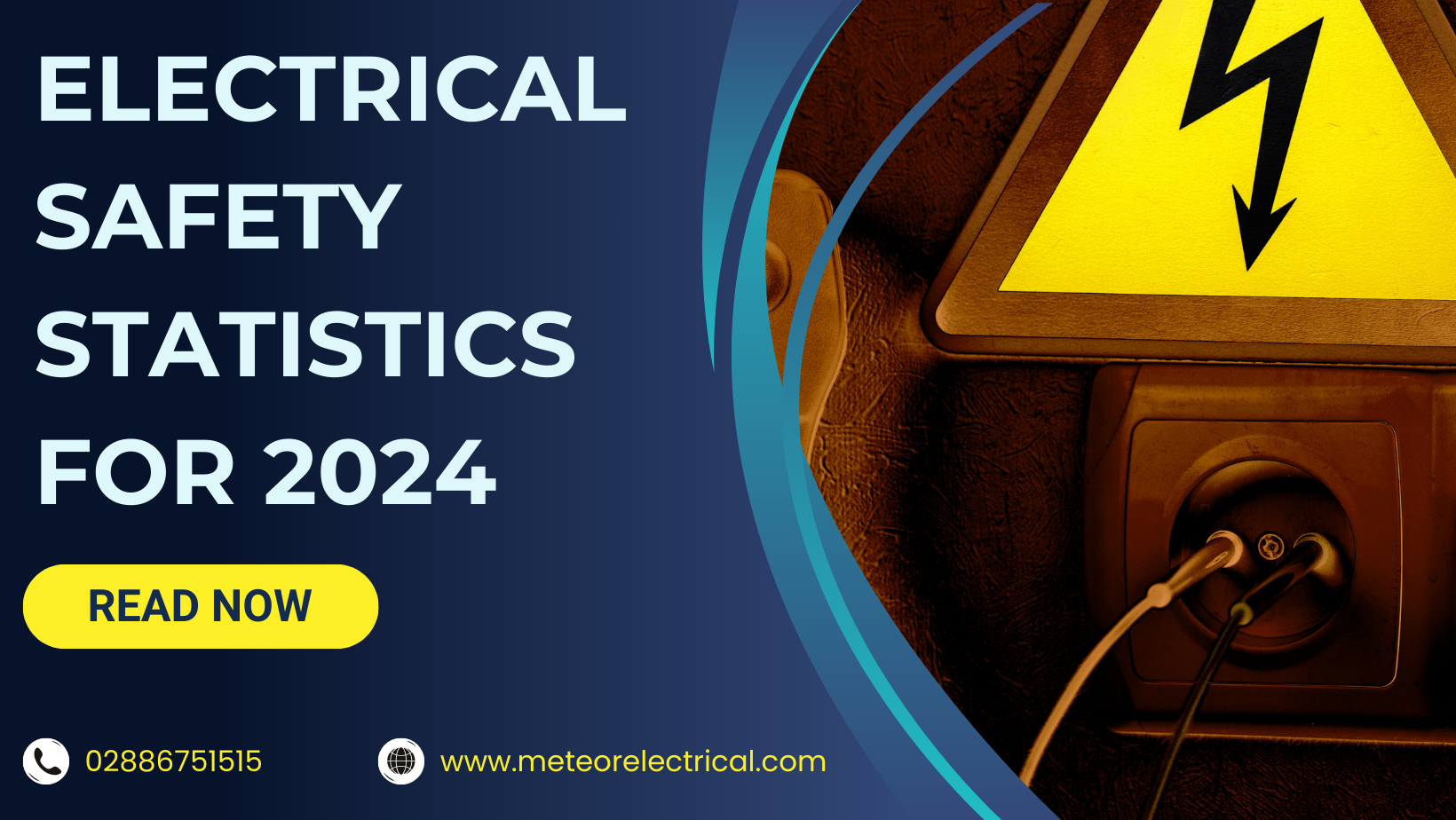2024 Electrical Safety Statistics: Unveiling the Shocking Truth

When it comes to working with electricity, the stakes are high. The risk of electricity-related injuries is high, so it's essential to have strict safety protocols in place. This ensures the well-being of workers and the integrity of your projects. Electrical incidents are alarmingly common in the UK, underlining the critical need for awareness and preventative measures.
In 2022/23, 135 workers in Great Britain lost their lives in work-related accidents, with contact with electricity being a notable cause among various hazards. However, it's not just those in high-risk jobs who are affected. Everyday handling of electrical products can also result in serious injuries (HSE) (Gov.uk).
Understanding the specific dangers associated with electricity is the first step. This blog dives into the latest data on electrical safety, revealing startling statistics and offering essential guidelines to keep you and your loved ones safe.
Let's begin!
Electrical Safety Statistics At A Glance
Electrical products are integral to our daily lives, yet many overlook their potential dangers. Awareness and adherence to electrical safety guidelines are crucial for preventing accidents and ensuring safety.

Global and Domestic Electrical Safety
Globally, around 1.2 million people sustain electrical accident-related injuries each year, highlighting the prevalence and seriousness of these incidents. Interacting with electrical equipment daily increases the risk of injuries, making it imperative for everyone to learn and practice electrical safety guidelines. Children, vulnerable adults, and even pets are particularly susceptible to long-lasting damage from electrical injuries.
Over 1,000 electricity-related workplace accidents are reported to the Health and Safety Executive (HSE) annually, with approximately 30 resulting in fatalities. High-risk environments such as construction sites, workshops, and warehouses must enforce strict electrical safety protocols. Even in low-risk office spaces, safeguarding employees from electrical incidents is essential.
In Ireland, between 2001 and 2020, there were 40 electrocutions or deaths associated with electricity, with 25 occurring during work activities and the remaining 15 in domestic situations or due to vandalism. This statistic underscores the need for comprehensive electrical safety measures in various environments to ensure population safety (HSA).
In Great Britain, there were 135 work-related fatal injuries in 2022/23, with contact with electricity being a significant cause. Additionally, electrical incidents were a leading cause of fatal injuries, underscoring the ongoing risks associated with electrical work (HSE)
Household Electrical Safety
Faulty electrical equipment and sockets cause about 70 deaths and 350,000 injuries annually in UK homes. This statistic emphasises the importance of following electrical safety guidelines to prevent these incidents. Individuals must practice safety measures to avoid accidents with multiple electrical components and devices in an average home (Peabody).
Electrical incidents are also a significant contributor to house fires. Electricity is responsible for over 20,000 accidental fires in homes annually. Key culprits include cooking appliances, laundry machines, portable heaters, and televisions, responsible for approximately 12,000 fires and 3,000 electrical injuries yearly. Therefore, investing in fireproof products and adhering to safety guidelines can significantly reduce the risk of devastating incidents(Electrical Safety First).
Broader Impacts of Electrical Incidents
Beginning on January 1, 2023, all electrical products sold in England, Wales, and Scotland must have the UKCA mark to indicate safety certification. However, products sold in Northern Ireland will stick with the CE mark (Electrical Safety First). Any product with this certification will meet all safety requirements.
In 2022, electrical components were a leading cause of fatal injuries, often escalating into other types of injuries, including those involving machinery and exposure to fire. This statistic highlights the importance of considering potential hazards at home and in the workplace, particularly in warehouse and factory settings, where stringent safety guidelines are crucial (Electrical Safety Foundation).
Electrical incidents are not a new phenomenon. In 2019, 14,186 domestic fires in England were caused by electrical components, accounting for 53.4% of all accidental domestic fires. This significant number underscores the need for clear safety guidelines to prevent injuries, especially in homes with children (Electrical Safety First).
In terms of product safety, 71% of electrical fires in 2018 were started by appliances. Every home has several electrical appliances that can potentially cause large or small injuries. Practising safety guidelines and following manufacturers' instructions on handling appliances are essential preventive measures (Electrical Safety First).
Hazards Associated With The Purchase Of Counterfeit Electrical Products
Existing electrical devices, such as switches and sockets in your home or office, always pose a risk of electrical injury. However, the products you purchase online can also increase your risk. Many consumers accidentally purchase counterfeit electrical products that have not been adequately tested, significantly increasing their risk of electrical injury. Here are some essential facts to remember before buying an electrical item online.

Increased Risk of Electrical Injuries
Purchasing counterfeit electrical products increases the chance of electrical accidents. Approximately 64% of consumers who buy fake electrical products online have sustained electrical injury (Electrical Safety First). Purchasing counterfeit products can lead to severe consequences, including wasting money and sustaining serious injuries. These products are often not built according to proper safety codes, increasing the risk of accidents.
Marketplace Sites and Counterfeit Products
A significant portion of subpar electrical devices, about 29%, were purchased from marketplace sites (Electrical Safety First). Despite this, approximately 93% of consumers believe that e-commerce websites are designed to protect them from counterfeit goods. While many marketplace and e-commerce sites have strict guidelines, this is not true for every site. It's often challenging to regulate the safety of electrical products on these platforms, increasing the risk of hazards for consumers. To avoid such issues, it is recommended that you purchase from certified sellers and websites. These sites often test products before selling them, ensuring high safety levels during operation. Always check for official certification on the website to ensure you have the appropriate product.
Demographics and Counterfeit Purchases
Certain population demographics are more susceptible to buying counterfeit products. For example, 51% of consumers who bought counterfeit products online were aged between 25 and 34, compared to only 10% of consumers over 55 (Electrical Safety First). Younger consumers are more likely to purchase items online, which may explain the high number of counterfeit products bought by this demographic. Marketers often target these age groups as they are more likely to purchase online. Raising awareness about fake products and unreliable marketplace websites is essential to avoid scams.
High Incidence of Counterfeit Purchases
One in three, or 18 million, UK residents have accidentally bought a counterfeit electrical product online (Electrical Safety First). This extremely high figure emphasises the need for reliable online marketplaces and greater awareness of the dangers of purchasing fake electrical products online. With such a large portion of the population accidentally purchasing these items, the associated risks of electrical hazards increase. Governments and website hosting sites should take initiatives to ensure the safe selling of electrical products online. Regular testing and proof of certifications should be present on websites selling electrical products. These tactics will minimise the potential risks associated with electrical appliances.
By following these guidelines and staying informed, consumers can significantly reduce the risk of electrical injuries and ensure safer use of electrical products.
Electrical Safety In The Workplace
The workplace is a significant area where many electrical incidents occur. Whether it's a high-risk or low-risk environment. Given that these areas often house large groups of people, it's crucial for business owners to take actionable steps to ensure employee health and well-being. Here are some important statistics that underline the importance of electrical safety guidelines in the workplace.

Work-Related Injuries On The Rise
In 2022/23, an estimated 561,000 workers sustained non-fatal injuries at work in Great Britain, according to the Health and Safety Executive (HSE). This data, derived from the Labour Force Survey, provides the most comprehensive estimate of work-related non-fatal injuries. The report, published on October 22, 2023, underscores the ongoing need for stringent workplace safety measures to protect employees from harm (HSE).
Vulnerable Industries
Not all work industries experience high numbers of electrical injuries; however, some industries are more vulnerable to these risks. Electric fatalities often occur in the construction industry, affecting workers between the ages of 36 and 45. These statistics highlight key areas where action must be taken to ensure worker safety. High-risk spaces such as construction sites need safety guidelines to ensure the well-being of the workers. This benefits the business in multiple ways, including improved safety measures, better employee satisfaction, and timely project completion. Implementing electrical safety guidelines in construction worksites is essential (Electrical Safety UK).
Construction Industry
Regarding workplace accidents, 6% of fatal injuries sustained by construction workers in 2021/22 originated from electrical components (HSE). While 6% might not seem like a large number, preventing these injuries is crucial due to their devastating consequences. Construction equipment carries high levels of risk, which is why workers should undergo rigorous safety training to ensure well-being in the workplace.
Despite the higher number of construction work fatalities in 2022, this number has decreased compared to previous years. In 2022, there were 30 recorded fatal injuries to construction workers, down from 36 in 2018 (HSE). This reduction indicates that safety measures are successfully preventing fatal injuries, although there is still significant progress to be made.
Different Work Environments
The type of work also affects the risk associated with electrical products. According to the Electrical Safety Foundation International (ESFI), 7% of electrocutions affect workers undertaking electrical installations, while 37% affect construction workers. Additionally, 15% of workers in agriculture and horticulture are also affected by electrocution. These statistics highlight the key areas where workers are vulnerable to electrocution, emphasising the need for safety training and preventative measures in these industries.
Employee Involvement
A great way to ensure electrical safety in the workplace is to involve your employees. A survey conducted by Fluke Corporation found that 95% of workers believe that more can be done to improve workplace safety. Business owners should work alongside their employees to implement safety protocols, fostering a culture of safety and collaboration (NASP).
By staying informed about these statistics and actively engaging in safety practices, business owners and employees can work together to reduce the risk of electrical injuries in the workplace.
Electrical Safety In Domestic Properties
Modern homes are filled with various appliances and devices that can significantly increase the risk of electrocutions and home fires due to electrical failures. Therefore, it is crucial to maintain electrical safety at home. Here are some important things to know about electrical safety in domestic properties.

Modern Day Worries
Electrical hazards accounted for 53.4% of all accidental domestic fires in England. Of these, 25.9% were caused by faulty appliances and devices, 15.2% by faulty fuel supply, and 46.5% by misuse of electrical equipment (Electrical Safety First).
Risks and Precautions
With these numbers, it's clear that a majority of domestic fires are caused by electrical components. Whether due to mishandling of equipment or faulty mechanics, electronics are a major component of domestic hazards. While it's unrealistic to eliminate all electric appliances, homeowners must exercise safety precautions to prevent accidents (HSE).
Impact of Electrical Fires
In case of an electrical fire, various injuries can occur. In general, there are 11 fatalities and 321 injuries attributed to electrical fires annually. Furthermore, 15 fatalities and 397 injuries result from faulty appliances in domestic properties (Electrical Safety First). To ensure electrical safety, purchase certified products from reliable sellers.
Hazardous Areas in the Home
The kitchen is the most hazardous area in a domestic property, with 58% of electrical fires starting there (Electrical Safety First). Kitchens often contain multiple electrical devices in close quarters, making it easy for a small incident to escalate into a disaster. Homeowners should implement preventative measures in the kitchen to avoid potential hazards.
New Insights and Recommendations
According to the latest safety reports, modern homes are increasingly filled with smart devices, which, while convenient, add to the electrical load and potential risks. Regular maintenance and checks of electrical systems and appliances are essential. Additionally, the importance of educating family members, especially children, on the basics of electrical safety cannot be overstated (Electrical Safety First).
By following these guidelines and staying informed, homeowners can significantly reduce the risk of electrical injuries and ensure a safer living environment.
Conclusion
Electrical safety is a critical issue that affects both workplaces and homes. With the alarming number of electrical incidents and fatalities each year, it's clear that stringent safety protocols are essential. Beyond workplaces, domestic environments are also at high risk, with faulty electrical equipment and misuse leading to numerous fires and injuries annually. The rise of smart devices, while convenient, adds to the electrical load and potential risks, emphasising the need for regular maintenance and safety checks.
Implementing safety guidelines in both high-risk environments like construction sites and everyday settings such as homes is crucial. Business owners must take proactive steps to protect their employees, while homeowners should educate their families on electrical safety. The statistics highlight the importance of purchasing certified electrical products and staying vigilant against counterfeit items that pose serious risks.
For more comprehensive insights into electrical safety, practical how-tos, and guides, visit Meteor Electrical and explore our blogs. We are committed to helping you stay informed and safe. Remember, electrical safety is not just a guideline—it's a necessity. Stay safe and protect your loved ones by practising and promoting electrical safety every day.
FAQ: Electrical Safety
1. What are the common causes of electrical fires in homes?
Common causes of electrical fires in homes include faulty appliances and wiring, overloaded circuits, and misuse of electrical devices. According to Electrical Safety First, electrical hazards account for a significant portion of accidental domestic fires.
2. How can I prevent electrical accidents at home?
To prevent electrical accidents at home, follow these tips:
- Regularly inspect and maintain electrical appliances.
- Avoid overloading sockets and circuits.
- Use certified electrical products.
- Install RCDs (Residual Current Devices) for additional protection.
- Educate family members on electrical safety practices (HSE, Electrical Safety First).
3. What should I do if I experience an electrical shock?
If you experience an electrical shock, seek medical attention immediately, even if the injury seems minor. Turn off the power source and avoid touching the victim if they are still in contact with the electrical source. Call emergency services if necessary (NHS).
4. How can I identify counterfeit electrical products?
To identify counterfeit electrical products, look for:
- Poor-quality packaging and labels.
- Absence of safety certification marks like UKCA or CE.
- Unusually low prices.
- Purchase only from reputable retailers and verify the product's certification (Electrical Safety First).
5. Why is electrical safety important in the workplace?
Electrical safety in the workplace is crucial to prevent injuries and fatalities. High-risk environments, such as construction sites, require strict safety protocols. Proper training, regular equipment inspections, and adherence to safety guidelines can significantly reduce the risk of electrical accidents (HSE).
6. What are the signs of electrical hazards in my home?
Signs of electrical hazards in your home include:
- Frequent circuit breaker trips.
- Flickering lights.
- Burning smells from outlets or appliances.
- Warm or discoloured wall plates.
- Buzzing sounds from electrical fixtures (Electrical Safety Foundation International).
For more detailed information on electrical safety and practical tips, visit our Meteor Electrical blog. Stay informed and practice electrical safety to protect yourself and your loved ones.

